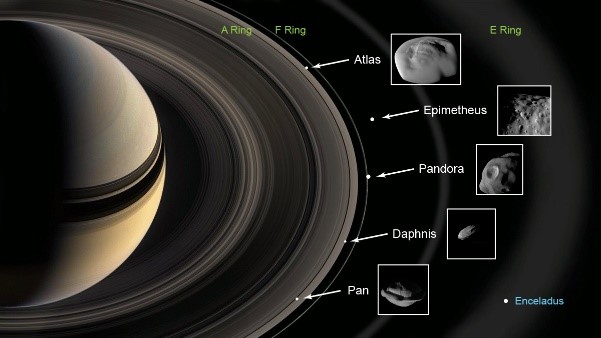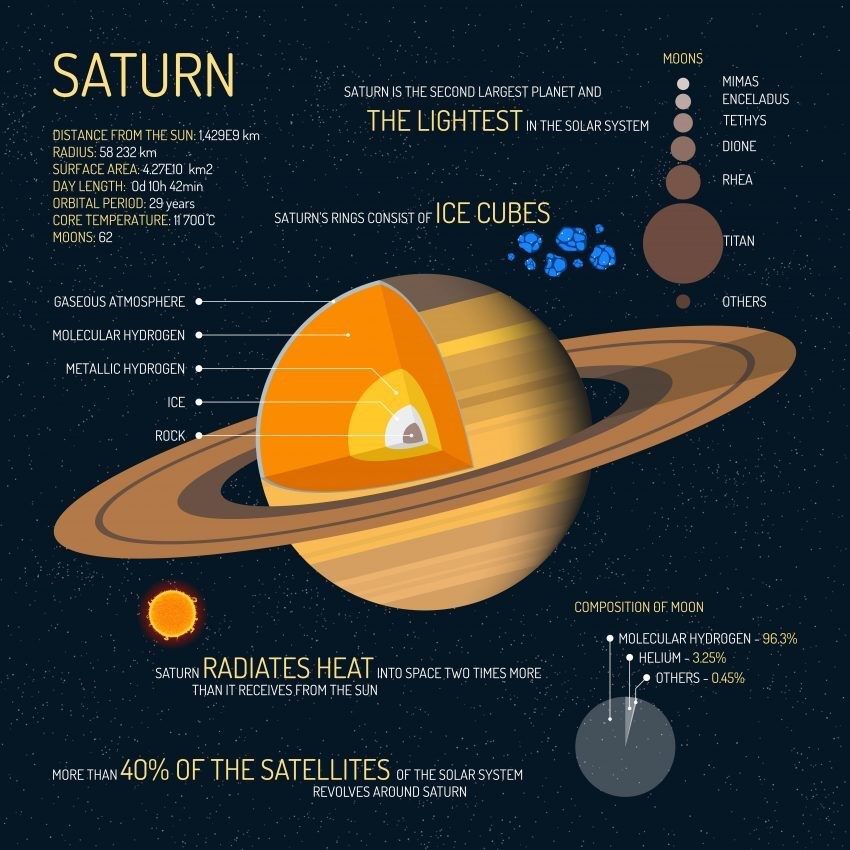





Disclaimer: Copyright infringement not intended.
Context
Saturn

Saturn’s Rings
Missions to Saturn
|
PRACTICE QUESTION Q. Match the following: 1. Saturn a. Juno. 2. Mars b. Voyager 2 3. Jupiter c. Cassini 4. Uranus d. Insight A. 1-a, 2-d, 3-c, 4-a B. 1-c, 2-a, 3-d, 4-b C. 1-c, 2-d, 3-a, 4-b D. 1-c, 2-b, 3-a, 4-d Answer: C |
https://www.news18.com/lifestyle/saturns-rings-younger-that-the-planet-itself-study-7816933.html









© 2026 iasgyan. All right reserved